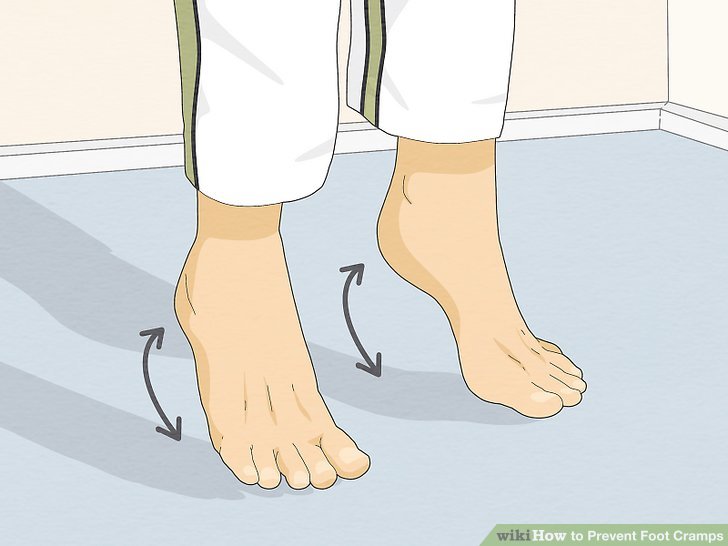Feeling Nauseous After Surgery
It’s not uncommon for patients to experience nausea and vomiting after undergoing surgery. This phenomenon, known as postoperative nausea and vomiting (PONV), affects a significant percentage of individuals who have undergone surgical procedures. PONV can be distressing, prolong recovery time, and in severe cases, lead to dehydration, electrolyte imbalances, and other complications.
Understanding the Causes of Postoperative Nausea
Several factors contribute to the development of PONV. Anesthesia, whether general, regional, or local, plays a significant role. The type of anesthetic used, the duration of the surgery, and the patient’s individual response to anesthesia can all impact the likelihood of PONV. Additionally, the type of surgery itself, with certain procedures like abdominal, gynecological, or neurological surgeries, tends to have a higher incidence of PONV. Patient-related factors such as a history of motion sickness, previous experiences with PONV, and female gender also increase the risk.
Mechanisms Behind Nausea After Surgery
The exact mechanisms behind PONV are complex and involve multiple pathways. The vomiting center in the brain, located in the medulla oblongata, receives signals from various sources, including the gastrointestinal tract, the inner ear (which affects balance), and the cerebral cortex (which processes emotions and sensory inputs). Anesthesia and surgery can stimulate these pathways, leading to the sensation of nausea and the act of vomiting. Furthermore, the release of certain neurotransmitters like serotonin and dopamine during surgery can also contribute to the development of PONV.
Preventive Measures
Given the discomfort and potential complications associated with PONV, preventing its occurrence is a priority. Several strategies are employed, including:
- Preemptive Medication: Administering antiemetic drugs before or during surgery can significantly reduce the risk of PONV. These medications work by blocking the action of neurotransmitters involved in the vomiting reflex.
- Anesthetic Techniques: The choice of anesthetic technique, such as using total intravenous anesthesia (TIVA) or avoiding nitrous oxide, can influence the incidence of PONV.
- Pain Management: Effective postoperative pain control is crucial. Opioids, commonly used for pain management, can contribute to nausea, so alternative pain relief strategies or adjunctive medications to mitigate opioid-induced nausea are considered.
Managing Postoperative Nausea
For patients who do experience PONV, prompt and effective management is essential. This may include:
Step 1: Assessment
Nurses and healthcare providers assess the patient's condition, considering the severity of nausea, presence of vomiting, and overall fluid status.
Step 2: Fluid Replacement
Ensuring the patient is well-hydrated is vital. Intravenous fluids may be administered to prevent dehydration and maintain electrolyte balance.
Step 3: Medication Adjustment
Anti-emetic medications are prescribed as needed. The choice of medication depends on the patient's specific situation and any underlying health conditions.
Step 4: Supportive Care
Supportive care measures, such as providing a quiet environment, reducing stimuli, and offering small, frequent meals or snacks once the patient is able to eat, can also help in managing PONV.
Long-Term Implications and Future Directions
While PONV is generally a short-term issue, its impact on patient recovery and satisfaction should not be underestimated. Ongoing research into the prevention and management of PONV aims to reduce its incidence and improve postoperative outcomes. This includes the development of new antiemetic drugs, more effective anesthetic regimens, and enhanced recovery after surgery (ERAS) protocols that address PONV as part of a comprehensive approach to postoperative care.
FAQs
What are the primary causes of feeling nauseous after surgery?
+The primary causes include the type of anesthesia used, the duration and type of surgery, and individual patient factors such as a history of motion sickness or previous experiences with postoperative nausea and vomiting (PONV).
How is postoperative nausea and vomiting (PONV) typically managed?
+PONV is managed through a combination of preventive measures, such as preemptive medication and specific anesthetic techniques, and treatment strategies including anti-emetic medications, fluid replacement, and supportive care.
Can PONV be prevented in all cases?
+In conclusion, feeling nauseous after surgery is a common phenomenon that can be distressing for patients and may complicate their recovery. Understanding the causes, mechanisms, and management strategies for postoperative nausea and vomiting is essential for healthcare providers to offer the best possible care. By combining preventive measures, effective treatment, and supportive care, the incidence and impact of PONV can be significantly reduced, leading to improved patient outcomes and satisfaction.


